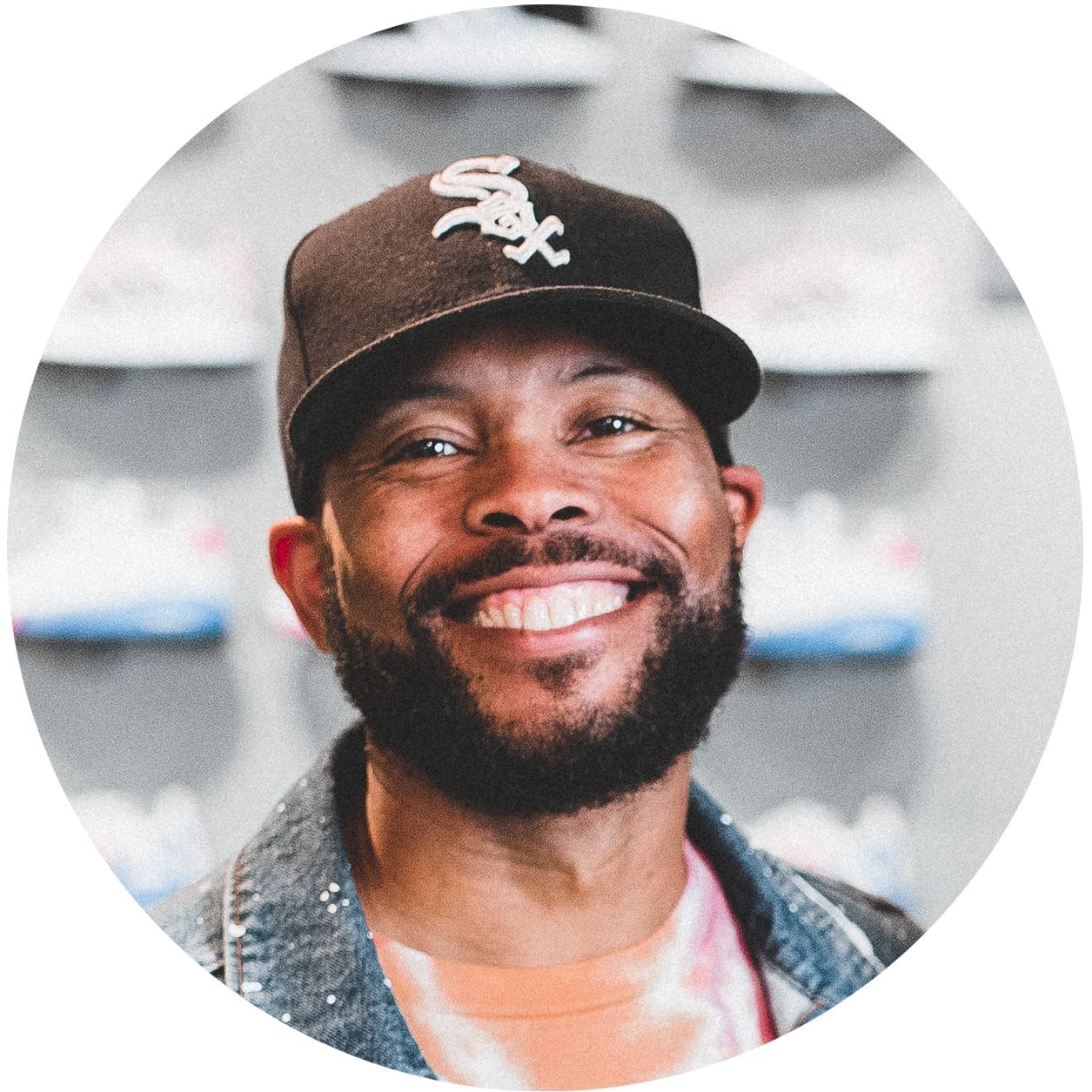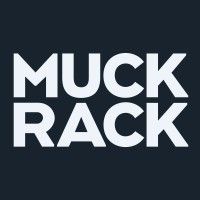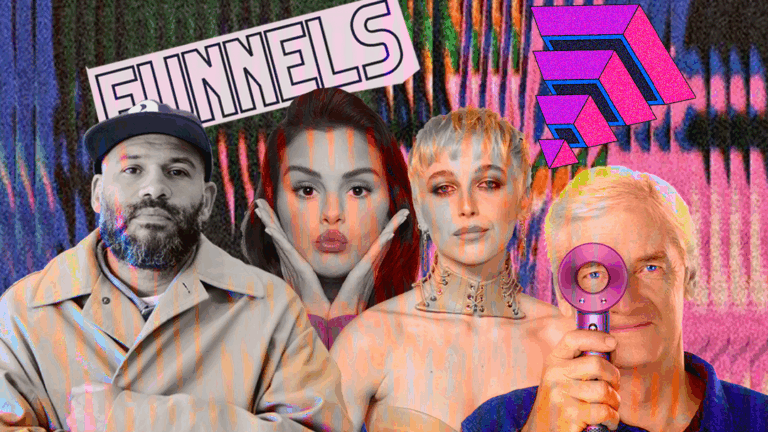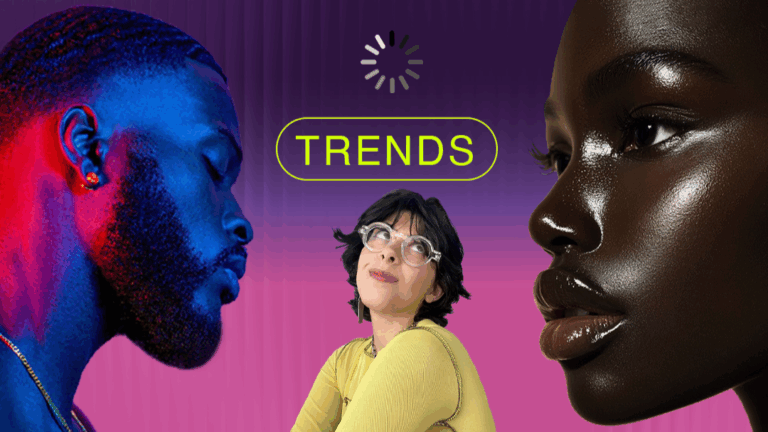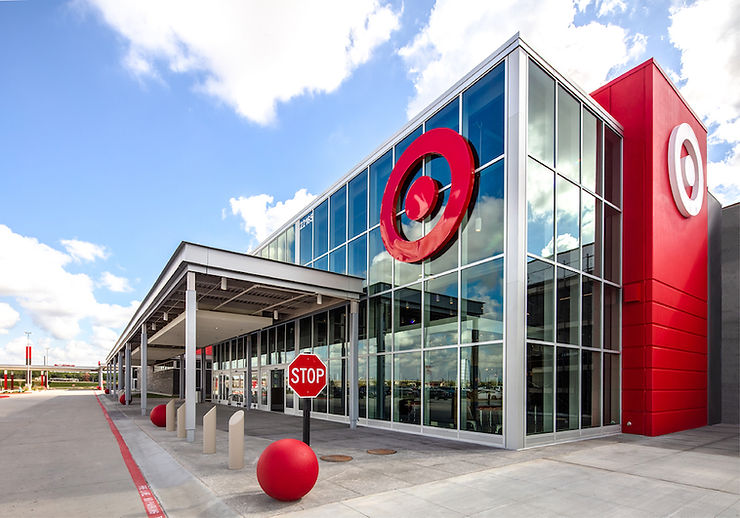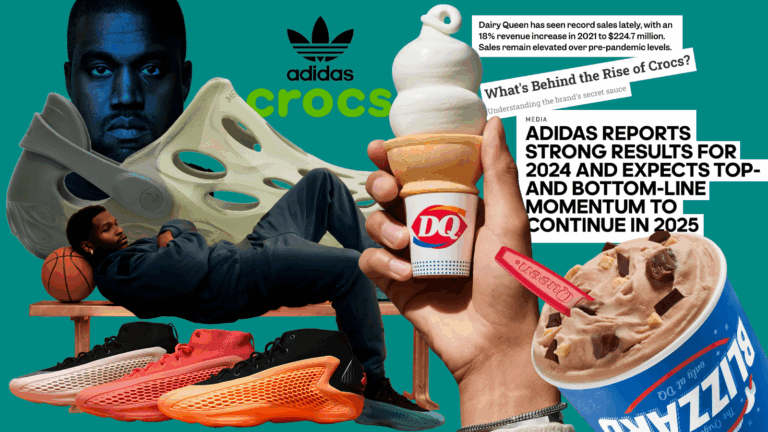Why Cutting People Could Be Undermining Your Culture, Credibility, and Future Equity
I saw it with UPS. One day they were celebrating a historic union win—drivers earning up to $170K. The next, 12,000 jobs cut. A win turned whiplash.
As someone who’s led creative teams through corporate pivots and seen the cost of cuts firsthand, here’s what most people miss…
Margins were shrinking. Shareholders were demanding fast fixes. And that pressure? It rolled downhill—landing hardest on employees.
These aren’t just business decisions—they are brand-defining moments. In fact, how companies handle these moments directly shapes layoffs and consumer trust.
We talk a lot about brand loyalty, purpose, and values. But what happens when your favorite brand’s people are the first to go? When layoffs become a go-to strategy to please shareholders, are brands saving their businesses… or quietly bleeding out their credibility, culture, and long-term equity?
So how do you cut costs without cutting culture? The answer lies in how you treat people—especially when times get tough. Because every decision about layoffs sends a message about your brand—and impacts both employees and consumers.
“I’ve seen the inside of a brand under pressure.”
Most companies follow the same playbook: layoffs. It’s clean on a spreadsheet—but messy in the culture. So why do some brands lose loyalty while others grow it—even in downturns?
What makes the difference—and what brands must do before they cut again.
Let’s unpack it.
What You’ll Learn in This Article
In this piece, I’ll break down why mass layoffs—though often positioned as smart business moves—can quietly erode the soul of a brand. We’ll explore the effects on employee culture, consumer trust, and future innovation. You’ll also see examples from THE following BRANDS: BOEING, NIKE, DISNEY, META, and in contrast: Costco— brands taking very different approaches.
1. Layoffs Don’t Just Cut Costs—They Cut Brand Trust
Public Perception Is the New Profit Margin
The first thing that takes a hit during layoffs isn’t just morale—it’s brand trust. In an era where customers are paying attention to how companies treat people, your workforce decisions aren’t just internal—they’re marketing.
Why It Matters:
This isn’t about whether layoffs are ever necessary. It’s about how companies handle them—and what it reveals about their values.
Because brand perception isn’t built by your marketing. It’s built by your moves when no one’s clapping.
Let’s break down five recent examples—and one clear alternative.

1. UPS: A Win for Workers, Followed by Confusing Cuts
In 2023, UPS made headlines when its Teamsters union secured a historic deal guaranteeing full-time drivers up to $170,000 annually in pay and benefits. It was a big win. Proof that workers could organize and win in today’s economy.
But less than a year later, UPS announced mass layoffs.
What’s the message here? One moment you’re celebrating labor, the next you’re cutting bandwidth.
The result? Mixed signals. Internally, morale drops. Externally, it casts doubt on UPS’s commitment to the very people who power its brand. In the long run, brand equity gets whittled away—even if the stock gets a temporary bump.
Takeaway: You can’t market yourself as pro-worker if your actions don’t align. Consistency is currency.

2. Boeing: Safety Issues Were Just the Beginning
Boeing’s reputation was already under pressure from high-profile safety failures. Then came layoffs of engineering teams and manufacturing roles—right when public trust was lowest.
Here’s the disconnect: When you cut the very departments tied to quality and safety, the perception isn’t “cost control”—it’s “we’re not learning from our mistakes.”
Takeaway: In high-stakes industries, layoffs aren’t just an HR move. They become a public statement about values.

3. Nike: Cutting Cool to Chase Margins
Nike has always sold more than shoes. It sells aspiration, identity, and culture. So when the brand laid off hundreds of employees this year—including creatives, brand storytellers, and digital teams—it raised a red flag.
Is Nike cutting too deep into the very edge that made it iconic?
Yes, supply chains need streamlining. But when creative teams go, so does cultural cachet.
Takeaway: You can’t outsource soul. Cost-cutting that hits brand energy ends up costing more in the long run.

4. Disney: Layoffs in the House of Mouse
In 2023, Disney cut more than 7,000 jobs—across parks, media, and streaming.
For a company that has positioned itself as a beacon of joy and wonder, these moves hit different. Suddenly, headlines shifted from magical to mercenary.
Even loyal fans questioned whether Disney had lost its magic—especially as price hikes and content pullbacks followed.
Takeaway: When beloved brands shrink, the emotional impact is bigger. Trust, once shaken, takes years to rebuild.

5. Meta: Mass Layoffs + the Cost of Confusion
Meta’s 2023 layoffs were part of a broader “year of efficiency” strategy. But when you lay off over 20,000 employees in a year and continue massive investments in speculative tech (like the metaverse), the public starts asking:
What are your priorities?
The story that emerges isn’t innovation—it’s confusion. And brand perception suffers when even employees don’t know what the company stands for anymore.
Takeaway: Clarity is key. Without a clear narrative, cuts look like chaos.

Costco: The Anti-Layoff Brand Blueprint
Now let’s talk about a brand doing the opposite—and reaping long-term benefits.
Costco hasn’t just resisted mass layoffs. It’s doubled down on worker wages, benefits, and stability—especially during downturns.
Why? Because they know employees are the brand. And that consistency pays off: Costco has some of the highest customer satisfaction and employee retention scores in retail.
Even Wall Street respects the model. The brand outperforms peers not in spite of high wages—but because of them.
Takeaway: Trust is built in the decisions that don’t scale quickly—but pay off exponentially.
The Future Brand Test: Values vs. Valuation
Layoffs used to be a silent strategy—tucked into quarterly calls and behind-the-scenes org charts.
Today? They’re part of your brand story.
We’re living in an era where every move is public. Social. Shared. So how you treat people when times get hard is your perception strategy.
Brands like Costco prove there’s another way—one that builds loyalty instead of burning it. One that sees people as long-term assets, not short-term costs.
WHAT CAN THEY DO?
Humanize the story
Beyond dollar savings, spotlight workers’ stories, career transitions, and internal upskilling efforts to show this wasn’t just a corporate downsizing.
Honor commitments
Any voluntary buyouts must align with union agreements. Showing good faith here could maintain employee trust
Lead with transparency
Clear communication about why cuts are happening—and how employees are being supported—could soften the blow as HR analysts suggest
What Do You Think?
Are layoffs ever “worth it” for brand value? Or is there a smarter path forward?
If companies want to protect their reputation, sustain loyalty, and maintain credibility, they must consider the broader impact of layoffs and consumer trust—because every cut tells a story, and consumers are listening.
Let’s talk. Share your POV in the comments or feel free to connect directly.


